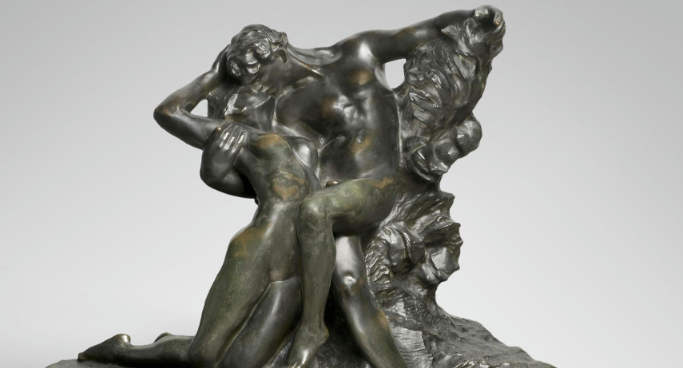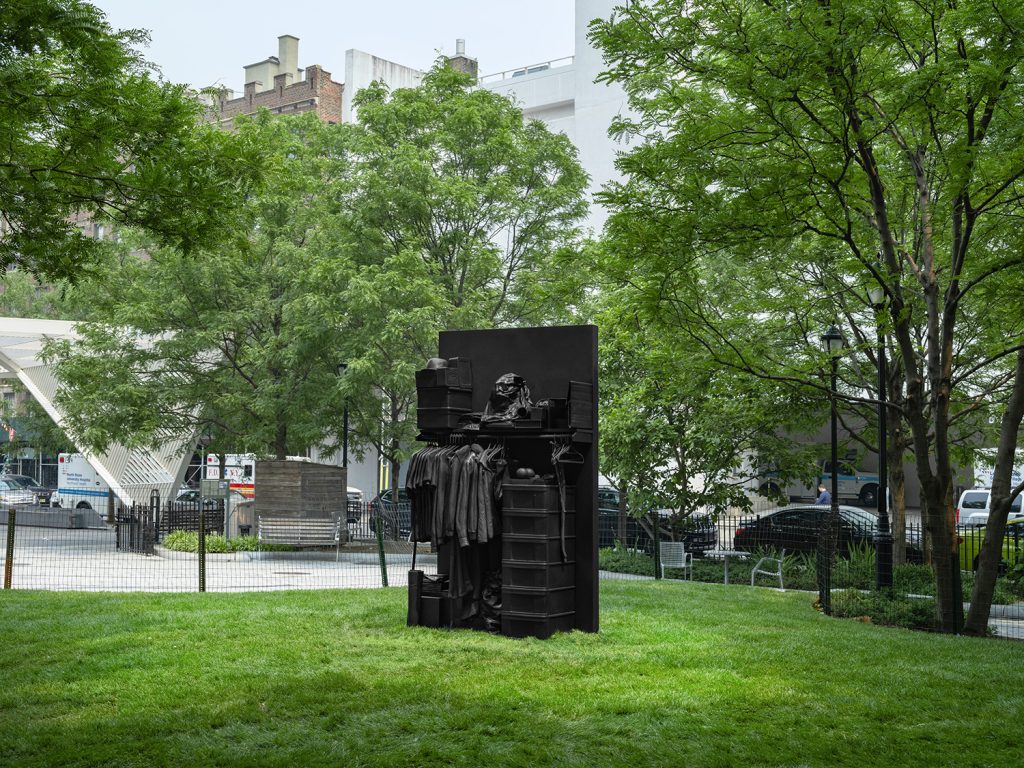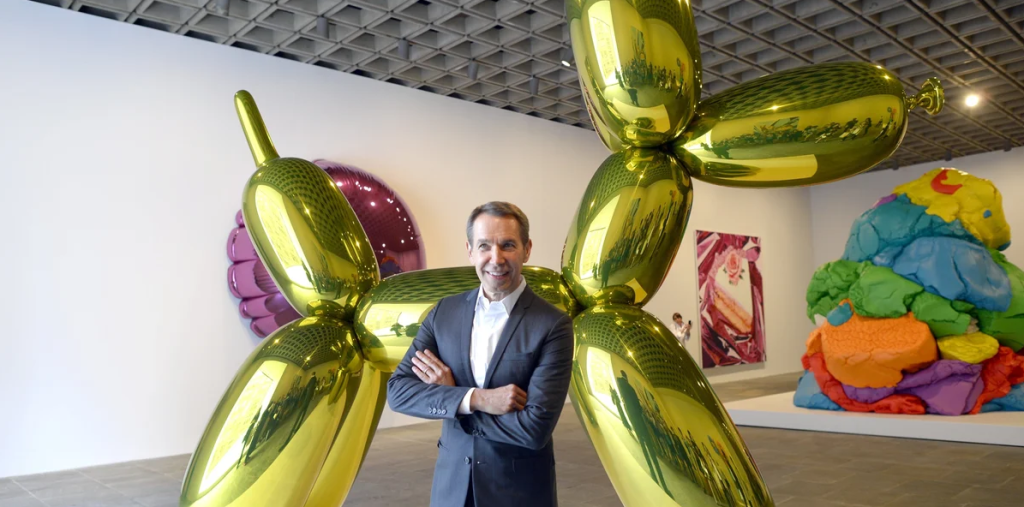Timeless Beauty: The Enduring Legacy of Rodin’s Bronze Sculptures
The world of sculpture is rich with expressions of human emotion, but few artists have managed to capture this essence as profoundly as Auguste Rodin. His bronze sculptures, imbued with life and movement, have left an indelible mark on art history. Understanding his work gives us insights into not only the artistic techniques of his time but also the universal themes he explored.
The Artistic Mastery of Bronze
Rodin recognized bronze as the ideal medium to convey emotion and dynamism. Unlike marble, bronze allowed for greater detail and expression. Rodin used a technique called lost-wax casting, which enabled him to create intricate textures and fine details in his sculptures. This method not only enhanced the organic quality of his figures but also allowed for variations of form and surface, giving each piece a unique character. His most famous works, such as “The Thinker” and “The Kiss,” demonstrate his impressive skill in bringing his subjects to life through the rich and warm properties of bronze.
Themes of Humanity and Emotion
A cornerstone of Rodin’s work is his exploration of human emotions. His sculptures often depict themes of love, conflict, and existential contemplation, tapping into the very essence of the human experience. For instance, in “The Gates of Hell,” he delves into the complexities of desire and despair by incorporating numerous figures that grapple with their own emotions. The raw vulnerability present in his works continues to resonate with audiences today, inviting viewers to reflect on their own experiences and emotions. Rodin’s ability to convey intricate psychological states has secured his legacy as a master of emotional realism.
Rodin’s Influence on Modern Sculpture
The impact of Rodin’s bronze sculptures extends beyond his own lifetime. His innovative approaches to form and texture influenced generations of artists, paving the way for modern sculpture. Many contemporary sculptors draw inspiration from his ability to blur the line between figurative and abstract art. Furthermore, his emphasis on capturing the human experience changed the way subsequent artists approached their work, encouraging them to infuse emotional depth into their sculptures. Rodin’s legacy continues to shape the art world, making his influence profound and enduring.
In conclusion, the bronze sculptures of Auguste Rodin stand as timeless symbols of beauty and humanity. Their emotional depth and technical mastery make them not just art pieces, but also conversational entryways into our own lives and experiences. If you’re curious to explore more about Rodin and the world of sculpture, consider visiting a local museum or seeking out additional resources online. There’s a rich tapestry of history and creativity waiting for you to discover!


